By Mollie Campbell
Yesterday, on May 24th, Bob Dylan turned 80 years old, and I thought it only fitting to publish an article celebrating his life, music, artistry and the relentless presence he has sown into the fabric of popular culture over the last 60 years. He is one of my favourite musicians, and has influenced me more profoundly than any other artist both within writing and music. This article is a definitive guide to his roots, albums, influence in society, and long-lasting legacy.
Early life and Influences
Born Robert Allen Zimmerman in 1941, Bob Dylan spent his childhood in Hibbing, Minnesota. An early love of Jack Kerouac’s ‘On the Road’, along with an intense boredom in his sleepy hometown, ignited the traveller within him. And his journey on the road is one that still appears as a never-ending stream of consciousness, awakening a more heightened perception of the human experience in the listeners of his music, a journey that is still yet to end. Dylan never runs out of things to say, or places to take us to, which is why he is like no other artist in history.
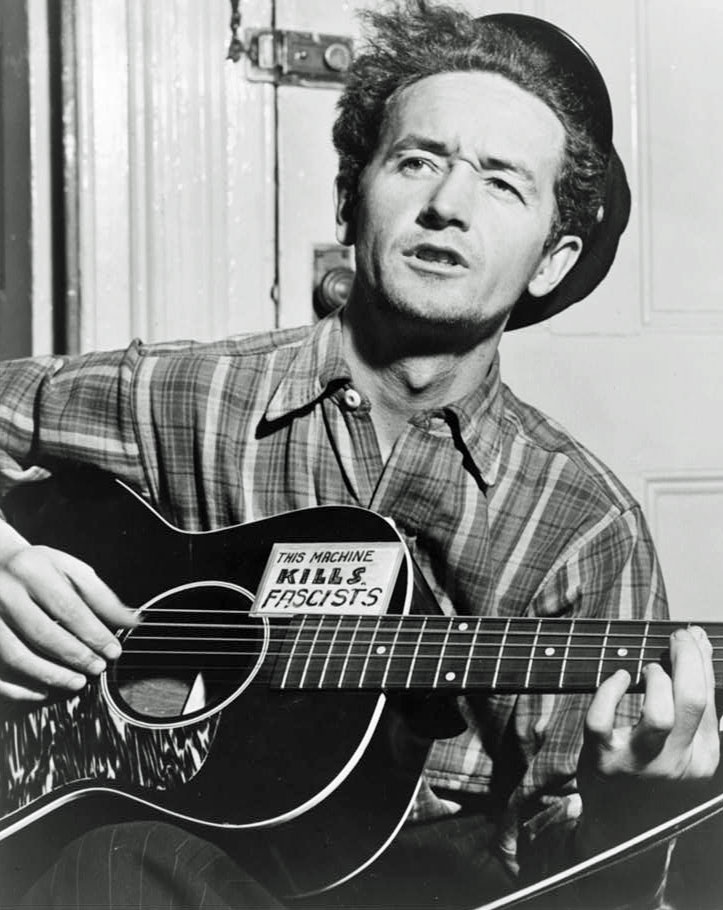
In terms of early musical influences, Dylan, like many of his peers, loved Rock ‘N’ Roll, covering songs by Elvis Presley and Little Richard. But it was always folk music that stopped him in his tracks, etching itself deep within his soul, binding him to his lifelong destiny of writing real and truthful music. After Kerouac, the influence that finally prompted his own travels was Woody Guthrie. A name change to ‘Bob Dylan’ (after poet Dylan Thomas), an acoustic guitar, a hunger for the truth and a desire to find Woody Guthrie sent him on his way out of Minnesota. Fascinated by Guthrie’s hypnotic sound, and his ability to speak candidly and radically about the brutal realities of life, Dylan started covering his songs e.g. ‘They Laid Jesus Christ in His Grave’. He then read Guthrie’s book ‘Bound for Glory’ which impacted him profoundly, he identified with this work more than he had ‘On the Road’, and set out on his quest to learn everything he possibly could about him, which ignited a desire to go and find him in person on the east coast.
When he discovered Woody Guthrie’s whereabouts, he travelled by bus to meet him where he resided, in Greystone Park Psychiatric hospital. He played numerous songs for him, and his young naivety of finding him in a psychiatric hospital left a big impression on him. Aside from Woody Guthrie, upon arriving in New York City, he was immediately swept away in the artsy, bohemian lifestyle and ethos of Greenwich Village, with its folk-playing coffee shops, jazz bars and poetry readings/gatherings. Being in New York City gave him many more stages to perform on than the few back home, and widened his musical collaboration repertoire. This is truly the environment in which Dylan learned the art of acting, miming, theatre etc. and really started to have a deeper awareness of how these things could be used as tools to enhance and refine his artistry. He often adopted the tones and nuances of his influences, thus, layer by layer, the Bob Dylan we know today, was created.
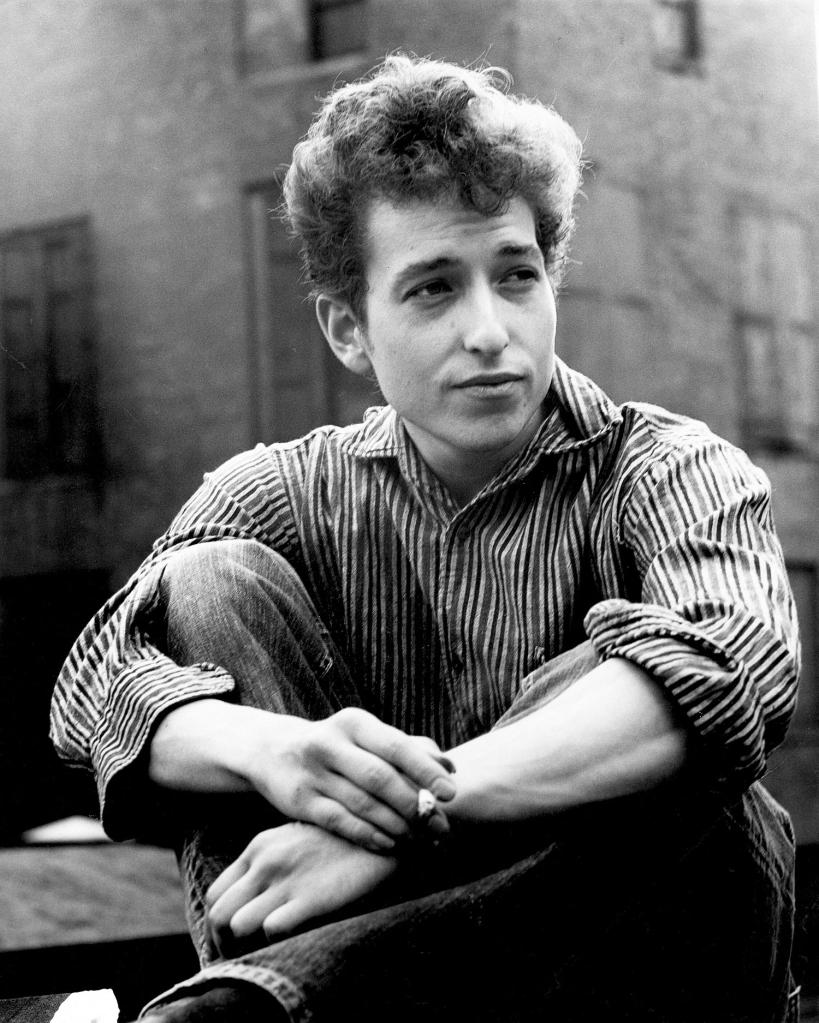
Columbia Records and Early Albums
After grabbing the attention of John Hammond, he was signed to Columbia records and his debut album ‘Bob Dylan’ was released in 1962. It mostly featured reimagining’s of traditional folk songs. It was a commercial flop, but it provided a creative foundation of which he could build upon, a space to fill with his folk influences, which needed to be expressed in order for his own folk soul to truly find its own path, which is what this album did for him, it paved a trail that led him straight to one of the most powerful and influential albums of all time ‘The Freewheelin’ Bob Dylan’. Whilst it did feature a few covers, it also contained famous compositions that have since stood the test of time: ‘Blowin’ in the Wind’, ‘Masters of War’, ‘A Hard Rain’s a-Gonna Fall’ and ‘Don’t Think Twice its Alright’. The transition from ‘Freewheelin’ to ‘The Times They Are a-Changin’ (released in ’64), reflects upon the transformation America was undertaking at the time, these two albums represent a before and after in terms of President Kennedy’s assassination, a shared societal grief for the hope of the country, and how it had been changed forever by a single event. Dylan sung about the truth behind it, resulting in an unintentional portrait of the ways in which the scope of society was changing.
Going Electric
In 1965, Dylan went through the first of many ‘transformations’ or ‘manifestations’ of his song writing truth. The album ‘Bringing It All Back Home’ marked a change from a more traditional protest song stance, into more of a contemporary and insightful means of expression. This is also marks the first album in which electric instruments were used more heavily, and included songs such as ‘Subterranean Homesick Blues’, ‘Mr Tambourine Man’ and ‘It’s Alright Ma (I’m Only Bleeding).
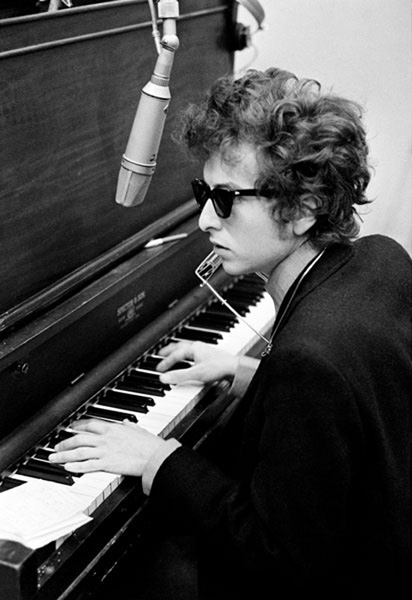
Despite him still playing folk-rock, Dylan’s venturing away from his traditional folk roots deeply rocked the folk community, resulting in negative backlash during his concerts. But Dylan, as always, never felt the need to be apologetic for his own craft, truth, sound and expressionism, he never let himself be pigeonholed into a category he no longer had use for, whether it was controversial or not. This led to the recording of one of my favourite Dylan album’s ‘Highway 61 Revisited’. Released in 1965, the album is much more blues/blue-rock centric – and includes a more poetry-formulaic core to it. Its famous opener ‘Like a Rolling Stone’ was voted No.1 in Rolling Stone Magazine’s list of ‘500 greatest songs of all time’.
Dylan’s subsequent years included albums such as ‘Blonde on Blonde’, ‘John Wesley Harding’ and ‘Nashville Skyline’, a folk-country inspired album, featuring a re-release of ‘Girl from the North Country’ (a duet with Johnny Cash). The years following really consisted of a more abstract exploration in terms of song writing and creativity, he released a handful of commercially unsuccessful albums. Despite this, upon listening to them now, whilst it isn’t hard to understand why many people found them to be significantly different to his other albums, they are creative observations nonetheless, and provide us with interesting listening material.
Blood on the Tracks
After a few years of substantial disparity between Dylan’s creative process and public acclaim, he released ‘Blood on the Tracks’. Despite initially garnering mixed reviews, the album is regarded as one of Dylan’s greatest, and one of the most honest and raw albums of all time. The record is significant in representing the cultural importance of his artistry, superseding his 60’s label, and proving his musicianship to be a cultural necessity. This album is a reflection of his own life and how personally, times were certainly changing, and Dylan cemented his ability to change with it. Dylan’s next high-charting album was ‘Desire’, featuring the song ‘Hurricane’, an eight minute musical epic about the imprisonment of Rubin ‘Hurricane’ Carter. He sings of racism within the police force and courts, he met with Carter, performed the song in Trent State Prison, and attempted (unsuccessfully) to fight for his release. Finally, 10 years later, Carter was freed. ‘Hurricane’ certainly played a crucial role in public support for Carter, and demonstrated his perpetual rage and protest against social, cultural and racial injustice.
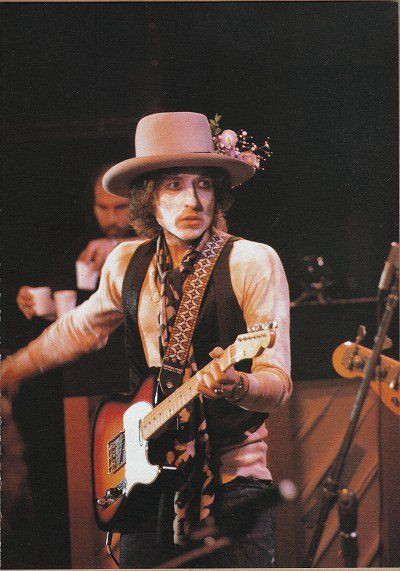
Late 70’s/80’s
Dylan went through a Christian period with the albums ‘Slow Train Coming’, ‘Saved’ and ‘Shot of Love’, which wasn’t met with much enthusiasm from fans and critics. The following decade saw the continuous release of Dylan albums; many were commercial hits but received lukewarm receptions from critics. Despite the contrast between his 80’s albums and his solid earlier releases, if anything the 80’s just solidified Dylan’s significance within popular culture, he was given the freedom to create whatever he liked, without being pushed out of the realm of noteworthy music. 1988 saw the beginning of his ‘Never ending Tour’, which is still going to this day, and a successful world tour with Tom Petty and the Heartbreakers. This partnership developed into a musical collaboration between Dylan, Petty, George Harrison, Jeff Lynne and Roy Orbison, known as the ‘Traveling Wilburys’. The band revitalised their careers and provided light-hearted musical enjoyment that served as a welcomed intermission between the stale-mates most of the members were feeling within their careers. Their first album was very successful, and despite the passing of Roy Orbison in December 1988, they recorded a second album two years later. Dylan closed the decade with his album ‘Oh Mercy’; it marked a returning commercial success that he hadn’t managed to reach in his preceding albums.
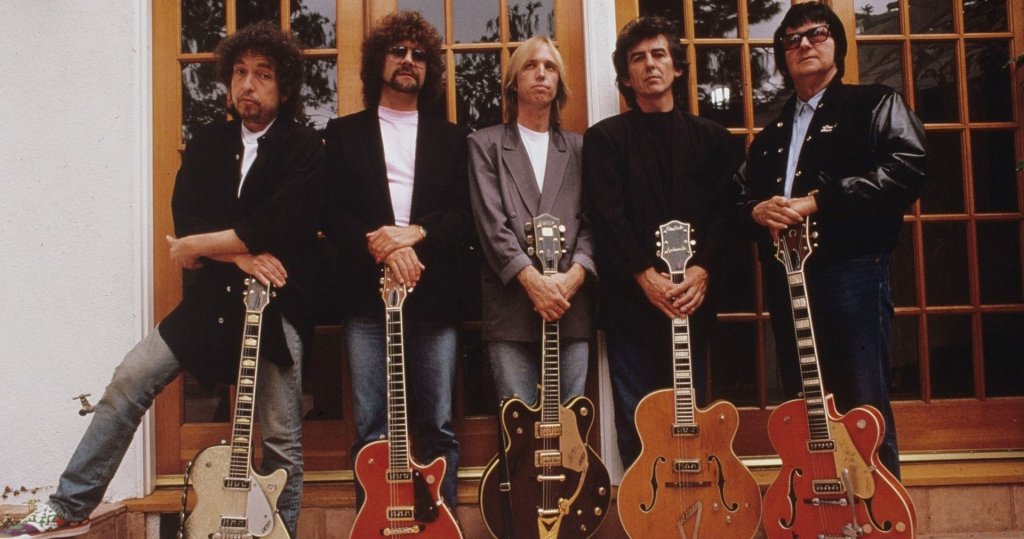
Later Career
Whilst Dylan worked continuously through the 90’s, it was ‘Time Out of Mind’ released in 1997, which brought about another wave of commercial success for him, with many calling it his ‘comeback’ album. The album is a mix of folk, blues and rock, and its lively roots seem to encompass the spirit of an earlier incarnation of Dylan. The 2000’s saw Dylan venture further afield and dip into more sophisticated sounds of blues, rockabilly, jazz and ballads, he also co-wrote and starred in the film ‘Masked and Anonymous’. He then released an autobiography entitled ‘The Bob Dylan Chronicles’, Dylan speaks of his roots, his early musical career in New York City, his influences and explains his quest to find and write about life’s inner truths within his music. He says:
“You want to write songs that are bigger than life. You want to say something about strange things that have happened to you, strange things you have seen.”
Later Career and Legacy
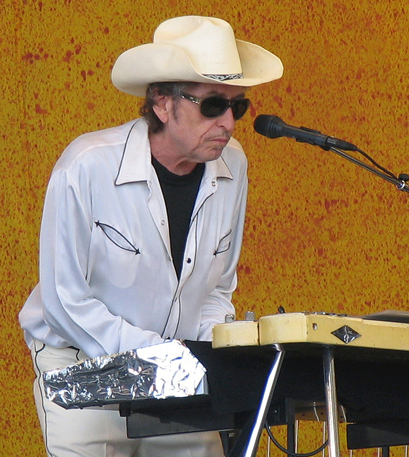
Even though Dylan never lost his rightful widespread recognition, the 2000’s, somewhat surprisingly, turned out to be a complete revitalisation period for him, releasing several albums that achieved considerable commercial success. In 2006, Dylan released ‘Modern Times’, his first US Number 1 album since ‘Desire’, in 2009 ‘Together Through Life’ topped the charts as did 2012’s ‘Tempest’ which also marks a significant return to pure folk/folk-rock. The 2010’s were mostly a time in which Dylan continued to tour extensively, and remarkably, he was the first musician to be awarded with a Nobel prize in Literature (2016). But at the very moment that things were starting to turn quiet for him, he did what he does best, shocked the world with an unexpected single release of ‘Murder Most Foul’ in March 2020. A song writing epic, Murder Most Foul acts as an encyclopaedia for cultural phenomenon, expressionism, social change and decline over the last 60 years. It is primarily about President Kennedy, and then goes on to highlight the steep decline of freedom and innocence over the years that followed, whilst acknowledging the events and artists who helped shine a light of hope within that time, mentioning several people and significant events: The Beatles, Woodstock, President Johnson, Don Henley, Glenn Frey, Lindsey Buckingham and Stevie Nicks etc.
He followed this with the album ‘Rough and Rowdy Ways’ released in June 2020. The album is heavily reminiscent of his extraordinary earlier albums, covering a variety of genres: Americana, Folk, Blues, and Rhythm & Blues. The album is spectacular in its nostalgic spirit, whilst still managing to capture an honest reflection and portrayal of modern life and issues, asserting his capability of shifting into different era’s with the same current, honest and necessarily brutal depictions of wrongdoings and injustices in society. The album insinuates an awareness of his role in society, and the somewhat prophetic nature of Dylan’s song writing over the years, and it harnesses the musical magic that Dylan has provided us with for the past 6 decades, propelling his legacy to its own exceptional heights, something that will be preserved and cherished for many years to come.
To me, Dylan’s life is comparable to a movie epic, the ‘Once Upon a Time in America’ of music, and if The Freewheelin’ Bob Dylan is an introduction to the character of Bob Dylan, then it is safe to say that Rough and Rowdy Ways is a prophetic conclusion to every one of his albums and incarnations that followed. Bob Dylan harnessed the enchanted soul of the blues, channelled the mysticism and veracious heart of folk and absorbed himself into the poetry of life, manifesting it into something spellbinding, and impossible to replicate. We are lucky to be living in a world in which Bob Dylan still makes music. Bob Dylan revolutionised the act of song writing into storytelling, and did it in a way no one had done before, he unleashed the storyteller in all of us.
But most importantly, he told society what was wrong with it; he made society hold itself accountable for the manmade issues it causes. But he also tells us not to worry when things become broken, he tells us to embrace our differences, not fight over them. To me, he reminds me that our individual perspectives are what the fabric of life is made of, tangled vines of unique personalities, jumbled up into one big mess. It is hard to find the beauty within a mess, but once we have identified the structure of life, we can finally begin to love it for everything it is, flaws included. It is only when we can identify the broken fragments of life that we can start to unpack and rearrange them in different ways, the endless outcomes, is life itself.
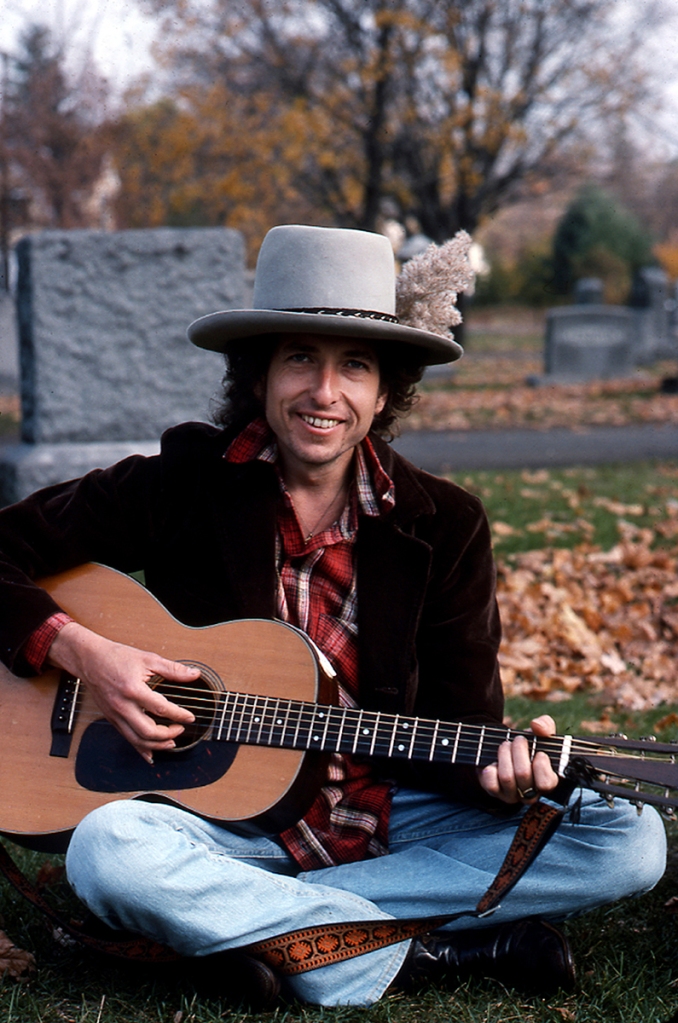
Whilst I do think Bob Dylan is a genius, sometimes we elevate the importance of musicians into inhuman heights, expecting some sort of enlightening message, but ultimately he is just a human being with stories he needed to tell. Stories that held the capacity to awaken souls, and encourage morality, individuality and human spirit, evoking the songwriter in all of us, his own enchanting stories of life…and aren’t we lucky he decided to tell them.
Thanks for reading:)

